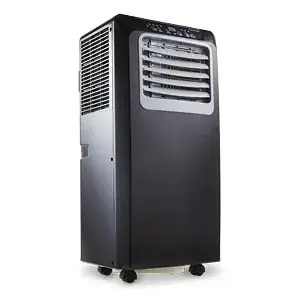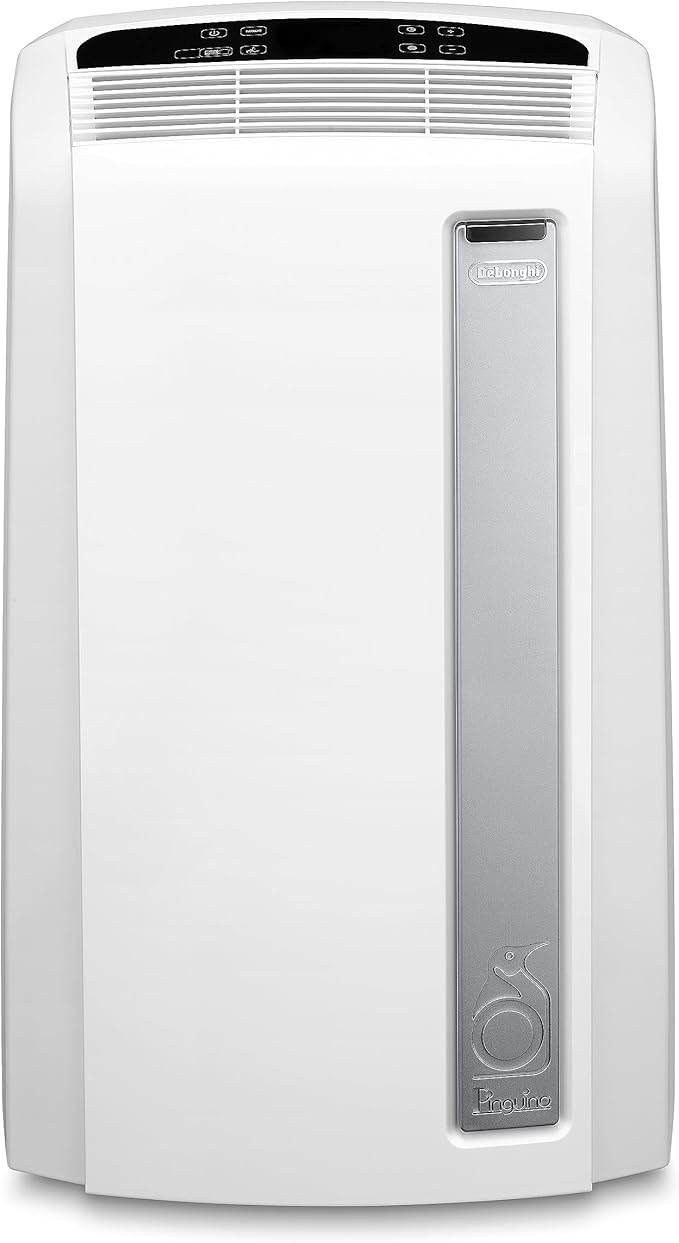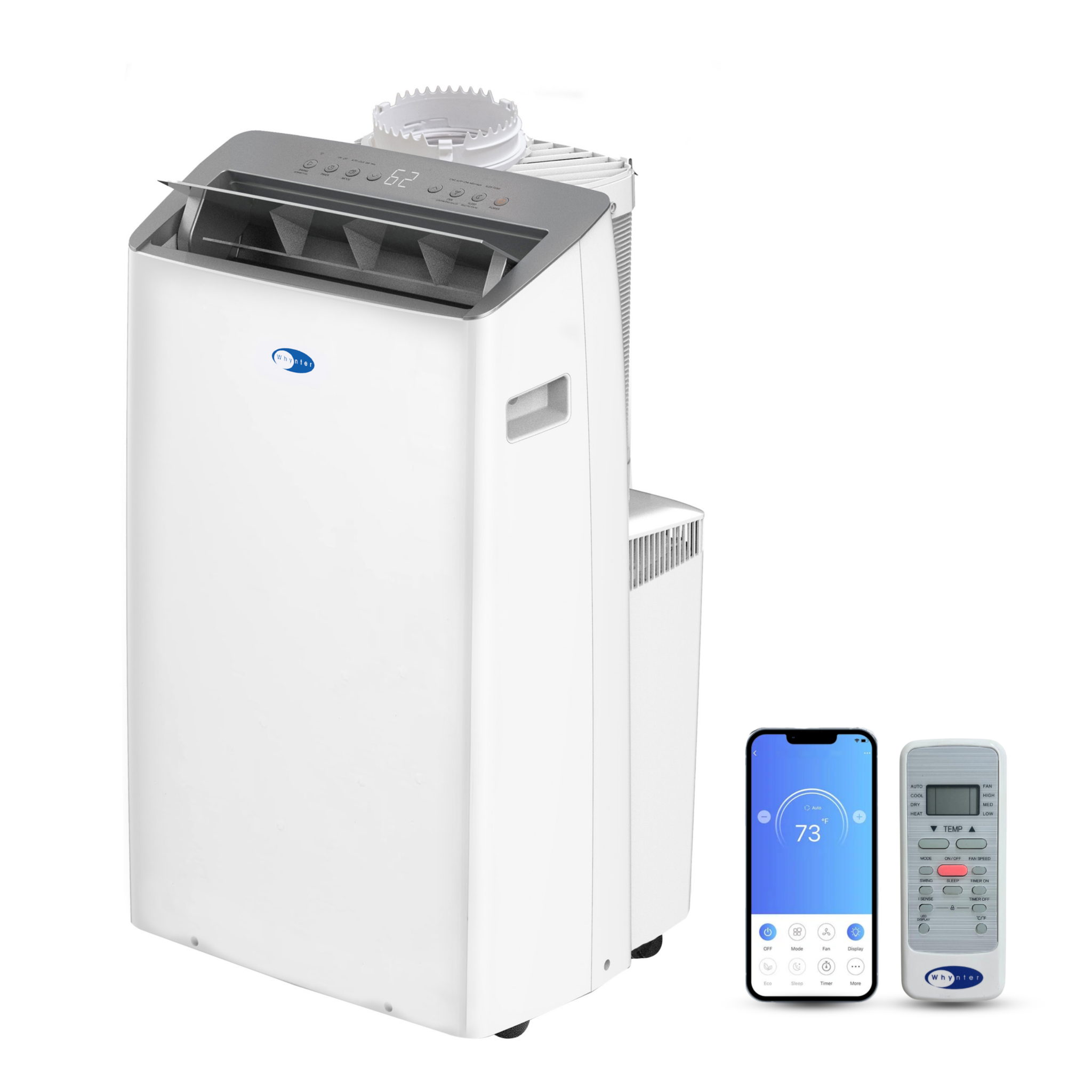4 Best Quiet Portable Air Conditioner Picks in Australia 2026
Finding relief from Australia’s summer heat doesn’t have to mean putting up with a noisy machine. A quiet portable air conditioner offers efficient cooling while keeping your home, office, or bedroom peaceful. In this guide, we’ll highlight the 4 quietest portable air conditioners in 2026, explain the key features you should consider before buying, and answer common questions so you can choose the best option with confidence.
4 Quietest Portable Air Conditioners in 2026
When searching for the quietest portable air conditioner, Australian consumers want more than just cooling power. Noise levels, energy efficiency, and ease of use all play a role in choosing the right unit. Below we review four of the most trusted models in 2026, based on CHOICE testing and market performance, to help you find the best quiet portable air conditioner for your needs.
1. EcoFlow WAVE 3 Portable Air Conditioner
The EcoFlow WAVE 3 Portable Air Conditioner stands out as one of the most advanced solutions available in 2026. Designed for both indoor and outdoor use, it delivers rapid cooling while maintaining impressively low noise levels in sleep mode. Its portability is unmatched thanks to an optional battery pack, which means you can use it in a bedroom, RV, or even during camping trips without disturbing the peace. The Wave 3 is engineered with inverter technology that not only improves efficiency but also reduces operational noise, making it one of the most quiet portable air conditioner options for Australian households.
EcoFlow WAVE 3 Portable Air Conditioner
2. Aldi Stirling PA09W1
CHOICE’s independent testing highlighted the Aldi Stirling PA09W1 as one of the quietest portable air conditioners available at a budget-friendly price. With a noise output measured at just 54 dB in fan mode, this unit offers quiet operation suitable for small to medium-sized rooms. While its cooling capacity is more modest compared to premium models, it balances affordability with functionality, making it a strong option for those who need a reliable quiet portable air conditioner without overspending. The Stirling model is especially attractive for renters or those who want seasonal cooling without committing to a higher investment.


3. DeLonghi Pinguino Air-to-Air
DeLonghi’s Pinguino Air-to-Air is a premium model that consistently receives high marks for quiet performance. With reported sound levels as low as 47 dB in silent mode, it is one of the quietest portable air conditioners you can buy in Australia. The Air-to-Air system is designed to recycle condensed water to improve efficiency, which means less need for manual drainage. Its advanced features include an eco mode, digital controls, and a durable build suited for long-term use. For those looking for the best quiet portable air conditioner with robust cooling power and minimal disruption, DeLonghi Pinguino represents a reliable investment.


4. Whynter ARC-1230WN
The Whynter ARC-1230WN rounds out the list with a strong showing in the Australian market. It has been recognised as one of the top three quiet models by several independent reviewers. Noise levels hover around 58 dB, which is low for its category, and the dual-hose system ensures efficient cooling in larger rooms. What sets this model apart is its smart Wi-Fi control, allowing you to adjust settings remotely via an app. For families with open living spaces or home offices, the ARC-1230WN provides quiet, steady cooling without the constant hum associated with cheaper units.


These four models represent the leading choices for Australians who want comfort without noise in 2025. Whether you prioritise affordability, premium performance, or outdoor versatility, each option delivers quiet cooling designed to suit different lifestyles and spaces. For those who love camping, road trips, or backyard gatherings, options like EcoFlow WAVE 3 also rank among the best portable air conditioners outdoor activities, giving you year-round comfort wherever you are.
*The brands referenced in this article are provided for informational purposes only and do not indicate any partnership with EcoFlow.
Features to Look for in a Quiet Portable Air Conditioner
When choosing the quietest portable air conditioners, it is important to go beyond marketing terms and focus on measurable features. The right model can make a big difference to your comfort, energy bills, and quality of sleep. Consider the following points:
Noise levels (dB rating): Always check the decibel rating of the unit. A truly portable air conditioner quiet model will run below 55 dB in sleep or eco mode. Anything higher may disturb rest if placed in a bedroom.
Cooling capacity: Match the unit’s BTU or kW rating to your room size. A compact model may be quiet but will struggle in large spaces. If you are not sure how to size correctly, see this guide on choose portable air conditioner for home.
Energy efficiency: Look for models with inverter technology or high energy star ratings. These not only cut power costs but also help maintain quieter performance, as the compressor does not need to run at full speed constantly. If you plan to use the unit off-grid, pairing it with a reliable power station ensures steady, quiet operation without the need for a noisy generator.
Portability and installation: Wheels, compact design, and easy window venting are essential for true portability. A well-designed portable air conditioner should be simple to move between rooms without tools or complex setup.
Sleep or quiet mode: Many of the quietest portable air conditioners include night modes that automatically reduce fan speed and compressor noise. This is crucial for bedrooms or home offices where background sound must stay low.
Indoor and outdoor versatility: Some units are built for flexible use beyond the home. If you plan to take your AC on camping trips or use it in an RV, consider models with battery compatibility or smart controls. These provide both cooling comfort and quiet operation wherever you go.
By checking these features carefully, you can narrow down your options and select a unit that delivers both cooling performance and quiet comfort in everyday use.
EcoFlow WAVE 3 Portable Air Conditioner
Conclusion
In Australia, more households are turning to portable cooling that works quietly without disturbing daily life. The best quiet portable air conditioner is one that delivers effective cooling while staying energy efficient and easy to move. EcoFlow models lead this trend, offering low-noise performance with the flexibility to use indoors or outdoors. For anyone seeking comfort at home, in a bedroom, or even on the go, choosing a quiet and reliable unit ensures cool air without unwanted noise.
FAQs
What is the quietest portable air conditioner in Australia?
When it comes to the quietest portable air conditioner in Australia, two models often stand out: the EcoFlow WAVE 3 and the Aldi Stirling PA09W1. The EcoFlow WAVE 3 is designed with advanced inverter technology and a sleep mode that reduces operating noise to an impressively low level, making it ideal for bedrooms and home offices. The Aldi Stirling PA09W1, highlighted by CHOICE testing, is another popular option with a noise rating of around 54 dB, offering great value for money. Both of these models balance quiet operation with effective cooling, so you can stay comfortable without background noise disrupting your rest or productivity.
How do I make my AC more quiet?
Even the best units can sometimes be louder than expected, but there are practical ways to make your portable air conditioner quiet. First, always activate sleep or eco mode at night, which automatically reduces fan speed and compressor activity. Second, make sure the unit is not placed directly against a wall, as vibrations can amplify noise. Using a rubber mat underneath can also absorb sound. Regular maintenance is equally important—clean or replace filters to prevent the motor from working harder than necessary. By combining these steps, you can keep noise levels low and ensure your air conditioner runs smoothly for longer.
What is the $5000 AC rule?
The $5000 AC rule is a simple guideline to help decide whether to repair or replace your air conditioner. Just multiply your AC’s age (in years) by the expected repair cost. If the total exceeds $5,000, it's generally wiser to replace rather than repair. For example, a 10-year-old unit needing a $600 fix gives 10 × $600 = $6,000—so replacement may save you more in the long run.